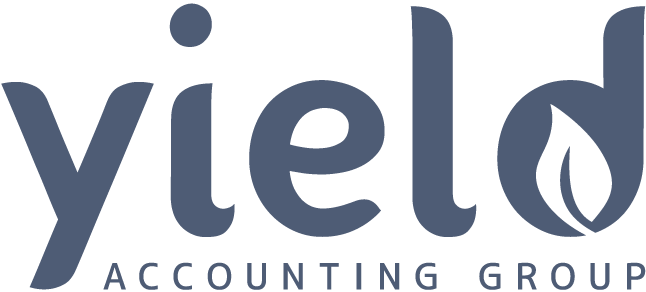How to build your SMSF balance ?
Following on from the previous post in our SMSF series, where we discussed what’s involved in setting up a SMSF ? we now look at the various ways in which we can put money into our SMSF.
Contributions from employment
Your employer is required to pay your SMSF 9.5% of your ordinary time earnings on at least a quarterly basis (ie. 28 days after the end of each quarter). This will also apply if you are an employee of a business you own.
If your annual wage is $80,000 your employer will contribute $7,600 to your SMSF each year.
It is also possible to request your employer to reduce your wage and contribute to your SMSF instead, under a salary sacrifice arrangement.
Contributions from you personally
From 1 July 2017 all taxpayers under 75 years of age are able to make personal tax deductible superannuation contributions, however please note that your employer and personal tax deductible contributions cannot exceed the $25000 pa concessional contribution cap.
A lot of people don’t realise this however, you have also have the ability to make an additional $100,000 non concessional contribution (not tax deductible) to your SMSF each year, furthermore you can bring forward 2 years worth of non concessional contributions if you are under 65, provided your non concessional contributions do not exceed $300,000 over a 3 year period.
These contributions could come from savings, the sale of assets, an inheritance etc…
You might be thinking why would I want to do this?
Having this money outside your SMSF means any income you earn will be taxed at your normal tax rates – ie this could be 46%. Compare that to 15% in your SMSF, and 0% if you are in pension phase. These savings are every year!
If you are pooling your money into Super to be able to purchase your business premises as an example you may need a top up to ensure you can afford the investment.
Rollover existing super
If you are just starting out with your SMSF you can also build your balance by rolling in all of your existing super funds. A lot of people have multiple super funds with balances in them which means you will be paying multiple fees and potentially multiple insurances. You can rollover all your existing balances as well as any other SMSF members balances (ie. your spouse).
Selling your business
A great opportunity exists when you make a capital gain on the sale of your business and choose to rollover the capital gain into your SMSF. Provided you meet the Small Business Capital Gains Tax (CGT) concession requirements you may be able to contribute up to $500,000 per person (lifetime limit) into your SMSF tax free. Yes that is correct, you pay no personal tax on the $500,000 capital gain and no tax in your SMSF.
This concession gets even better if you have operated your business for more than 15 years. Under the Small Business CGT concessions you can contribute up to $1,415,000 from the sale of your business. Again this is tax free which is a enormous saving.
Contributing existing assets
You can also roll some existing assets into your SMSF. This could include the shares listed on the Australian Stock Exchange or a premises that your business currently operates from (ie. business real property).
You can do this to boost your Super empire and make these assets more tax effective as discussed above.
Summary
As you can see you have a number of options to start increasing your SMSF balance. It all starts with ensuring you have a rock solid plan in place for your business, personal and super assets.
Next Step
Excited about the possibilities of building your empire with your super and want to know the next steps ? Contact us at our Manjimup Office (97771909) or our Pemberton Office (97761909) to arrange a meeting with one of our SMSF specialists to discuss whether a SMSF is suitable for you.
Stay tuned to our continuing SMSF series when we explain what you can do with the money once inside your SMSF and what are the real benefits of having a SMSF.
